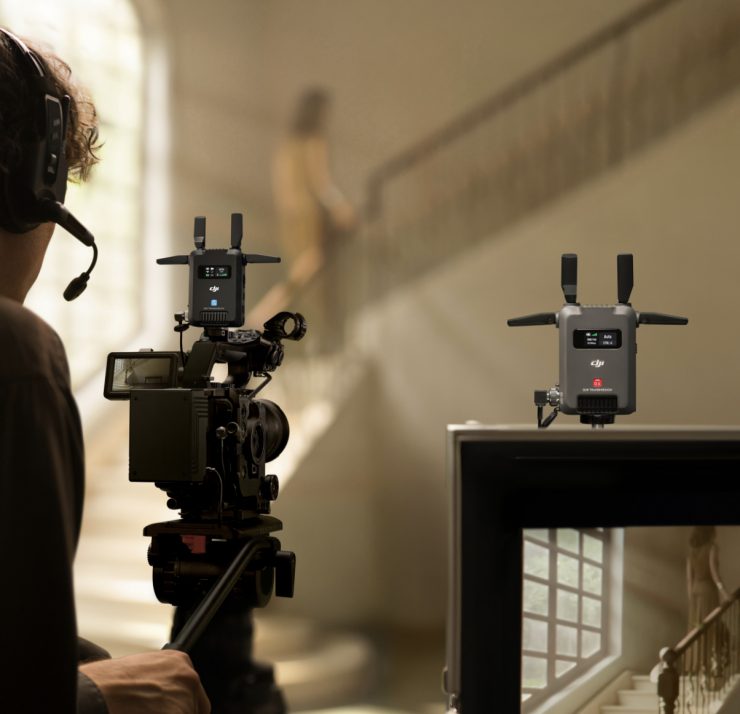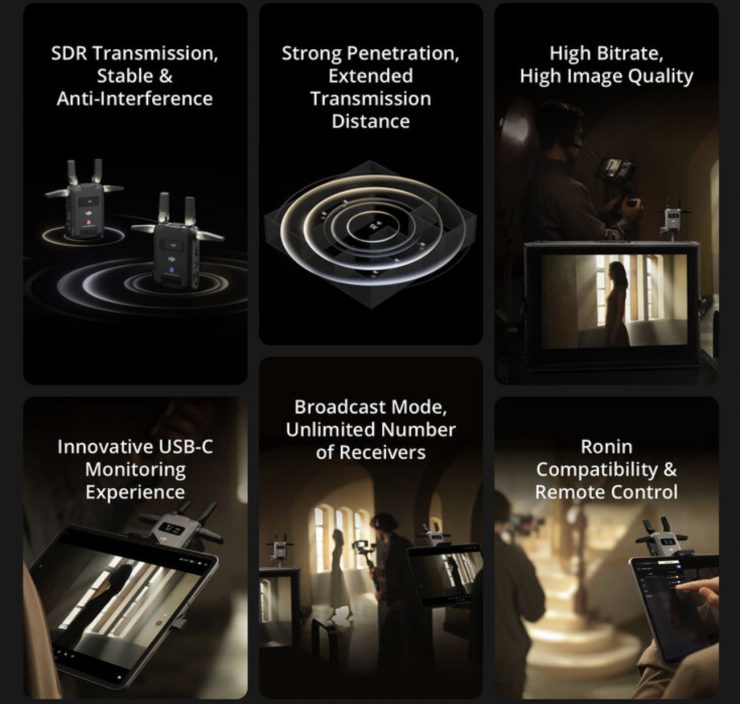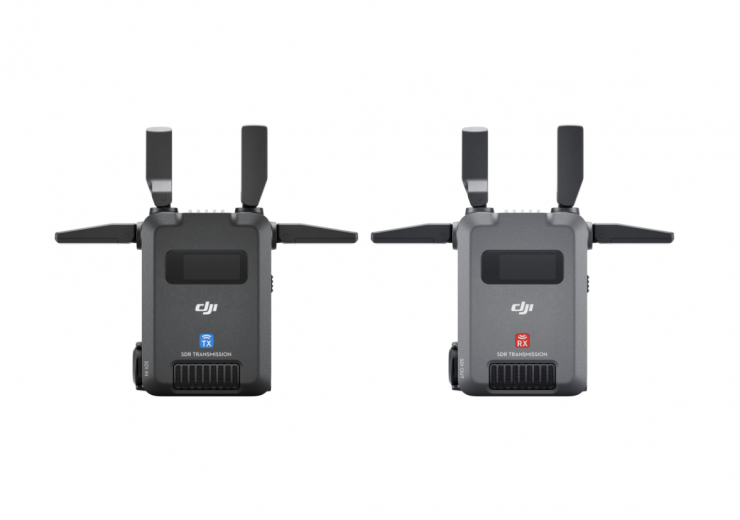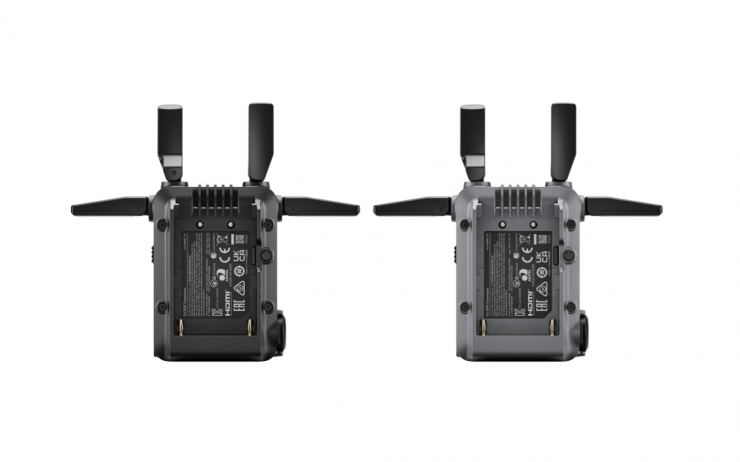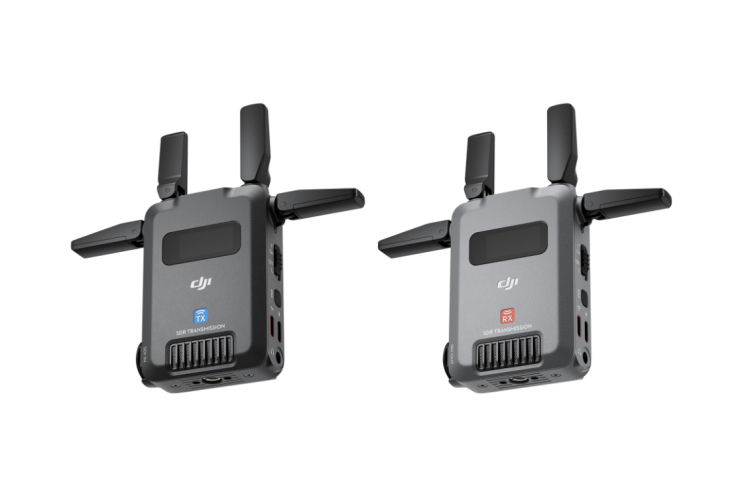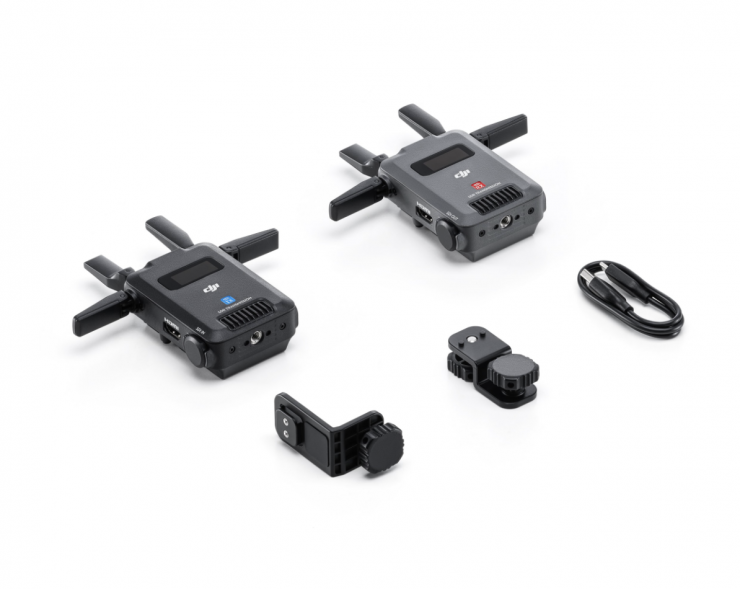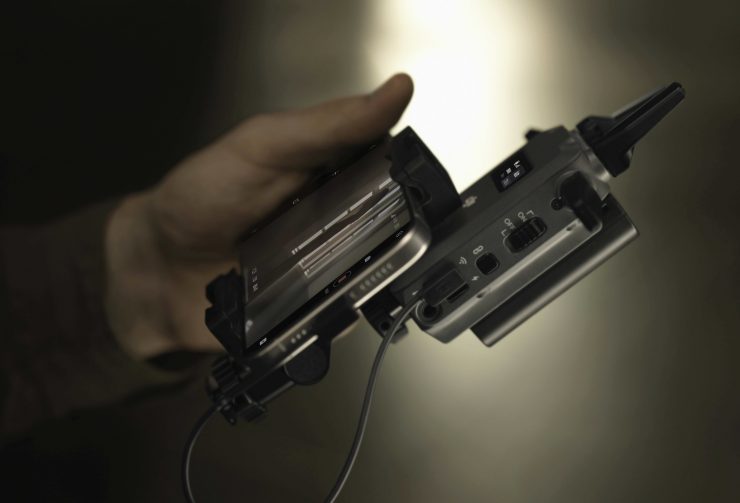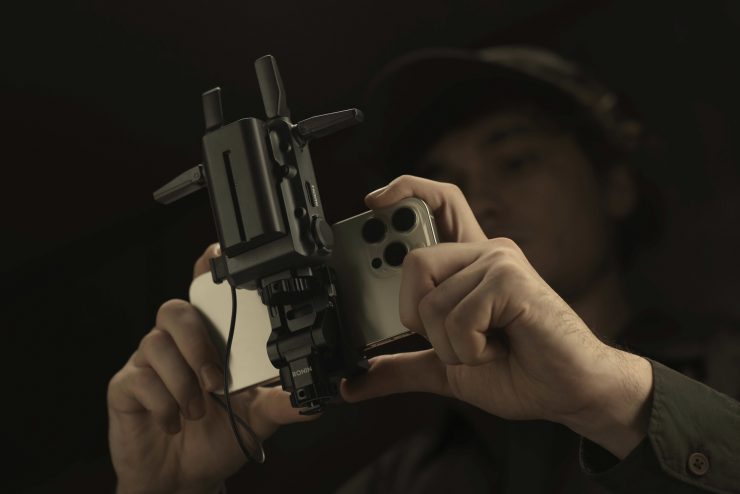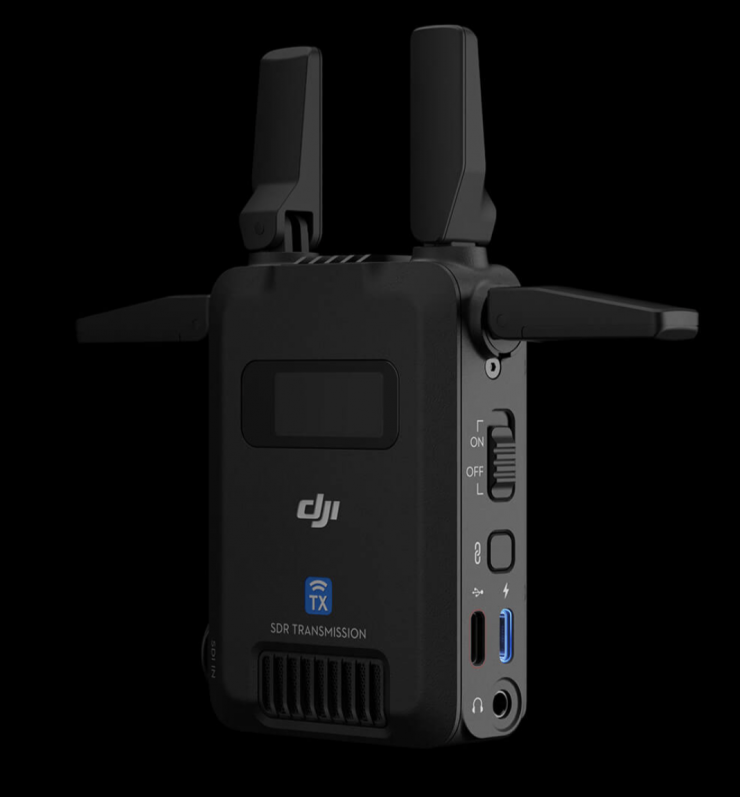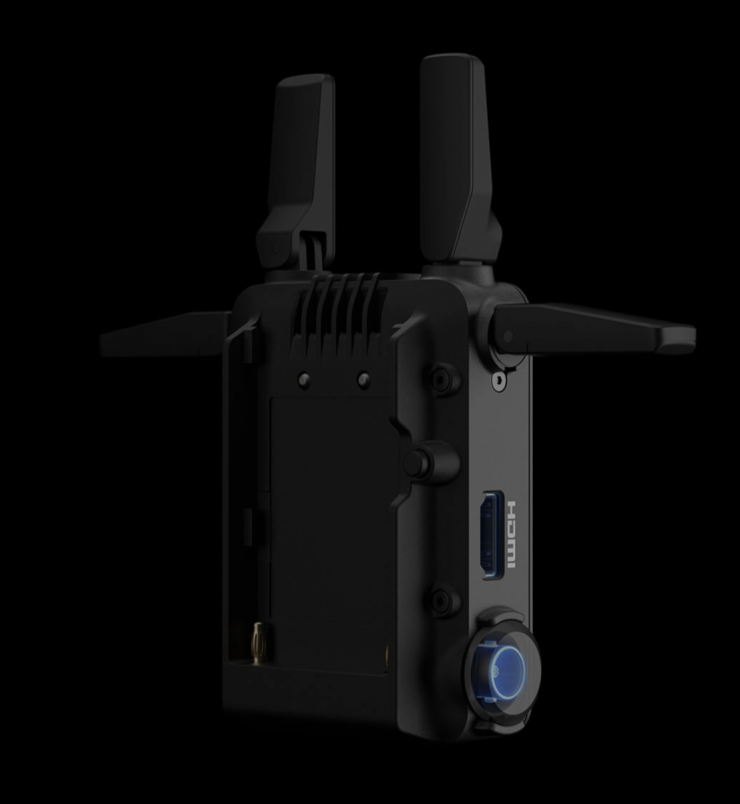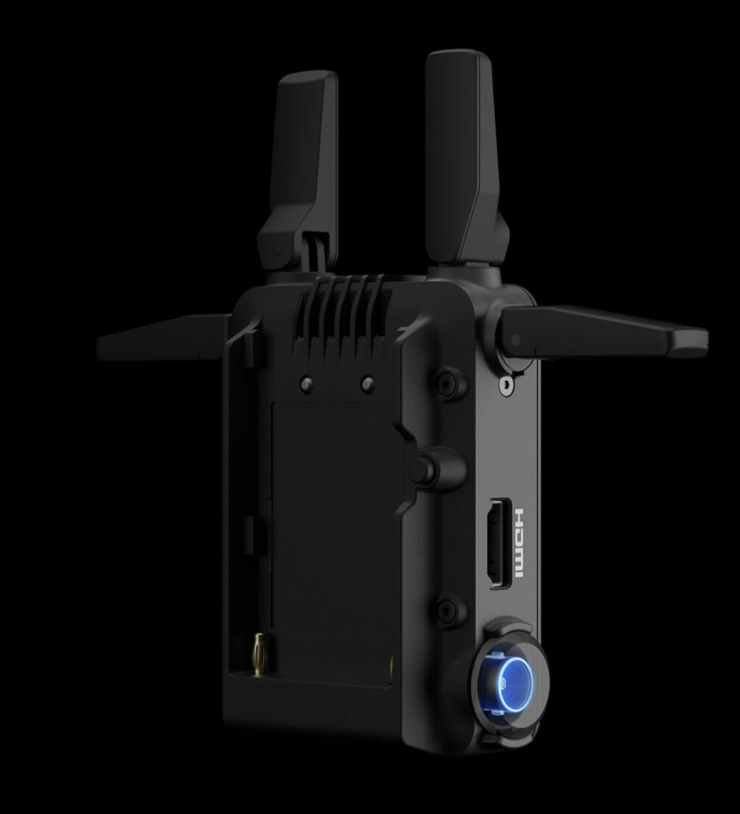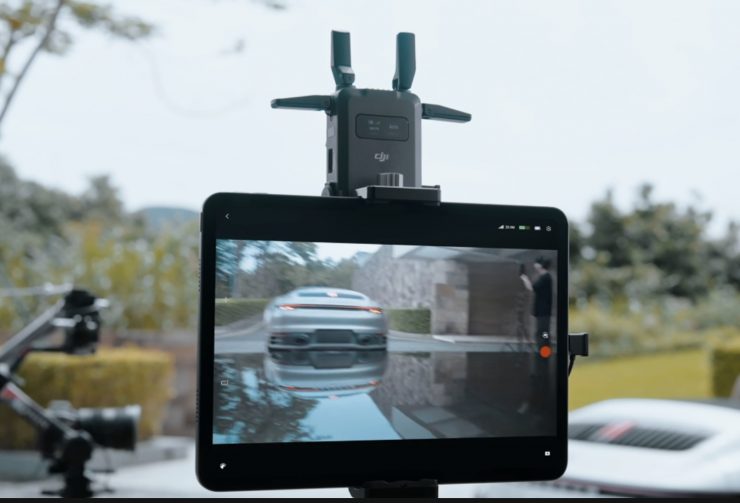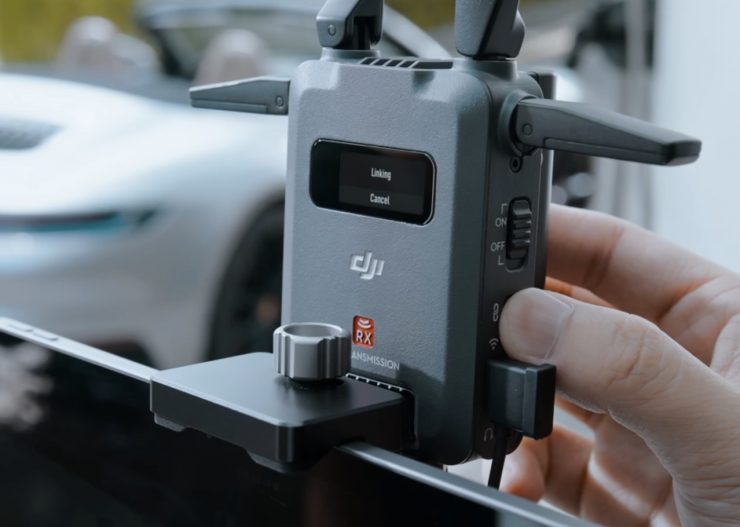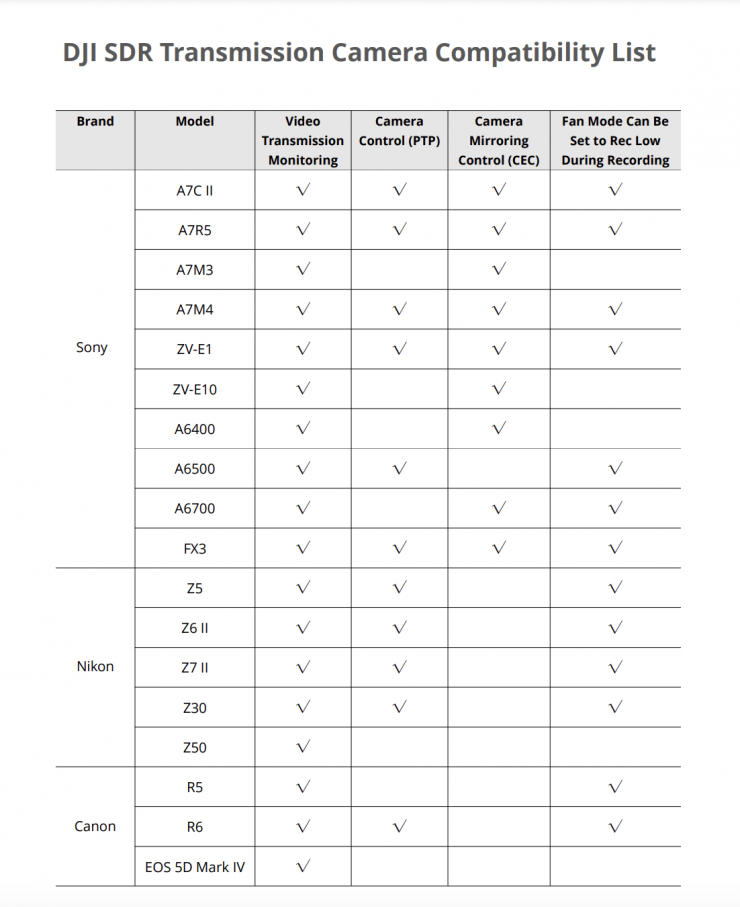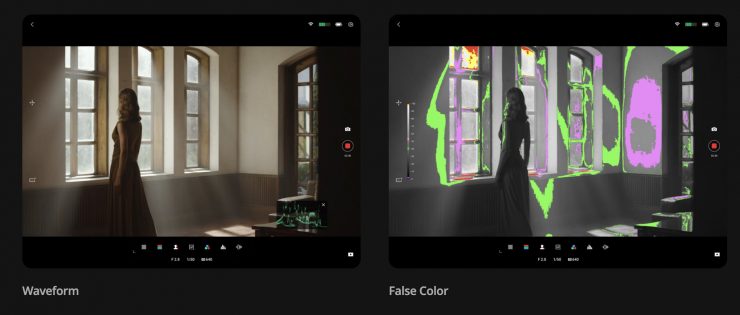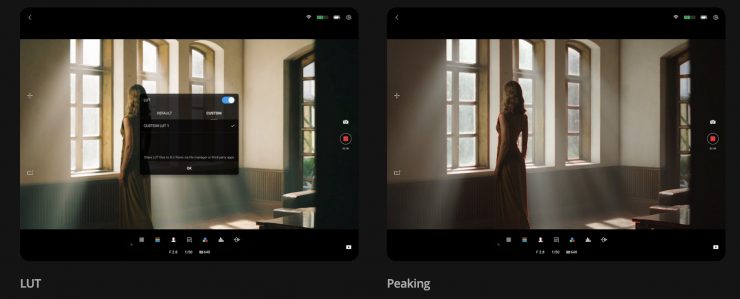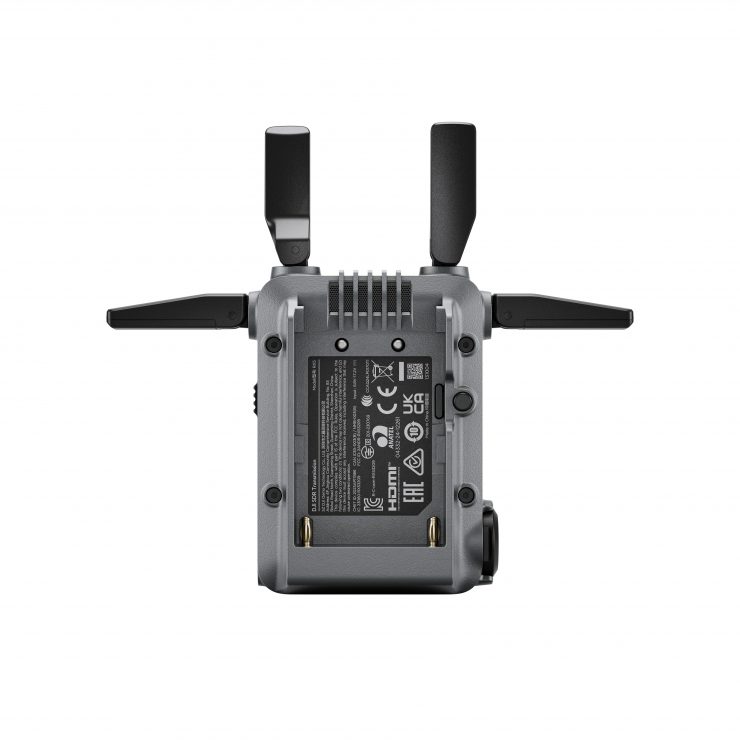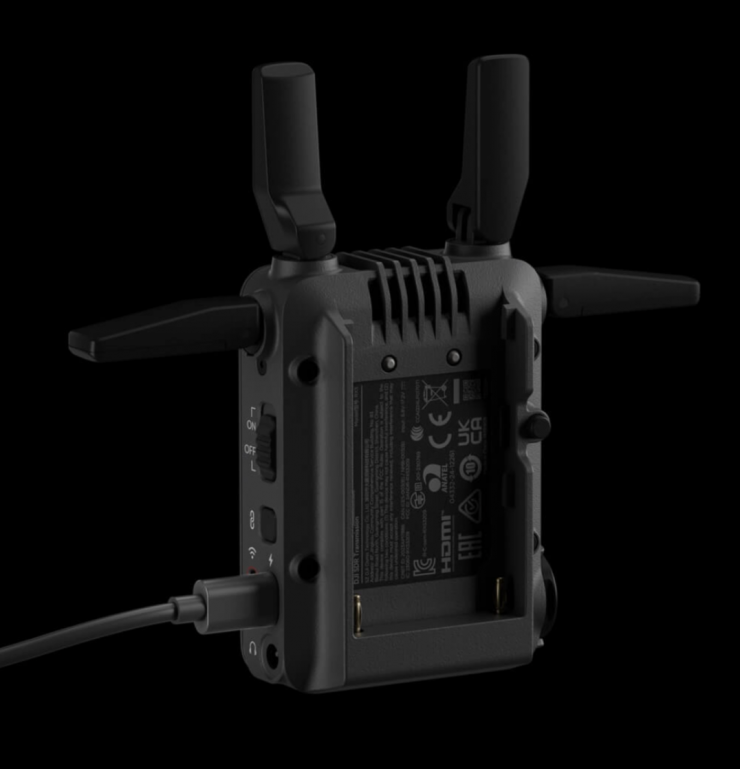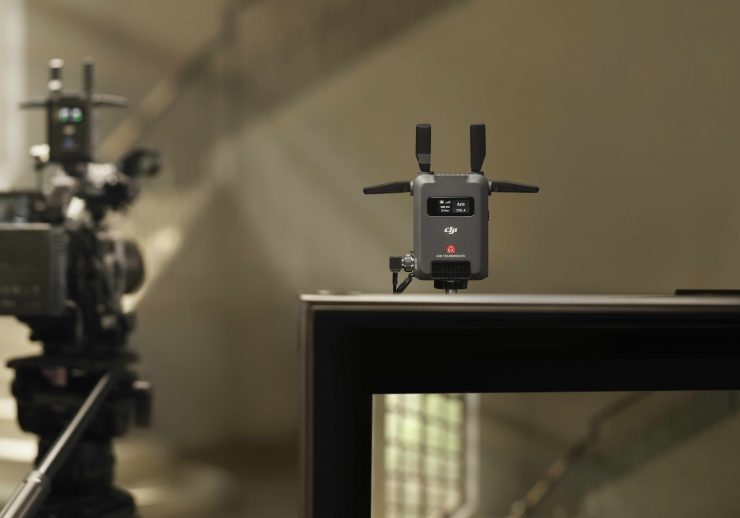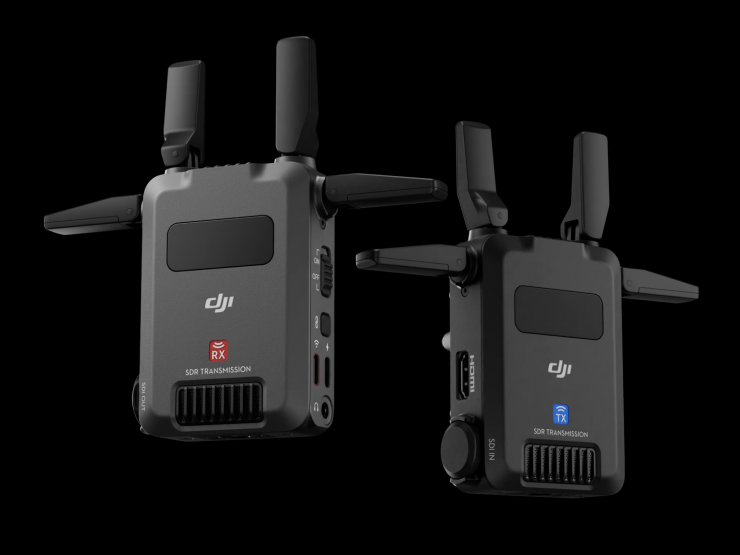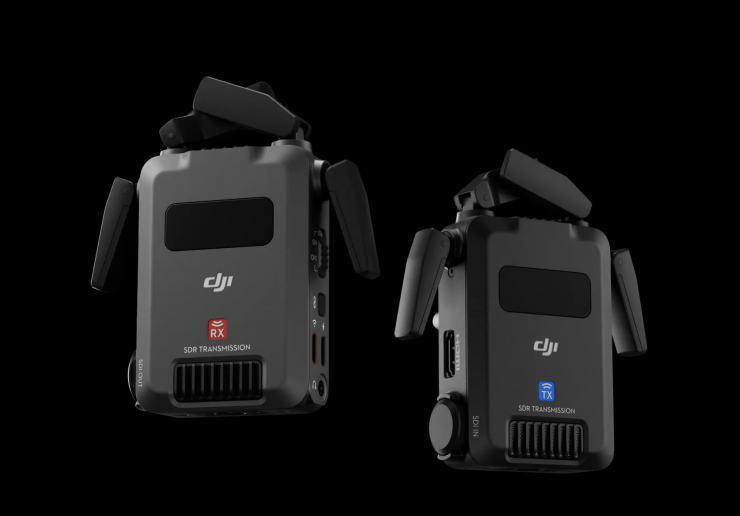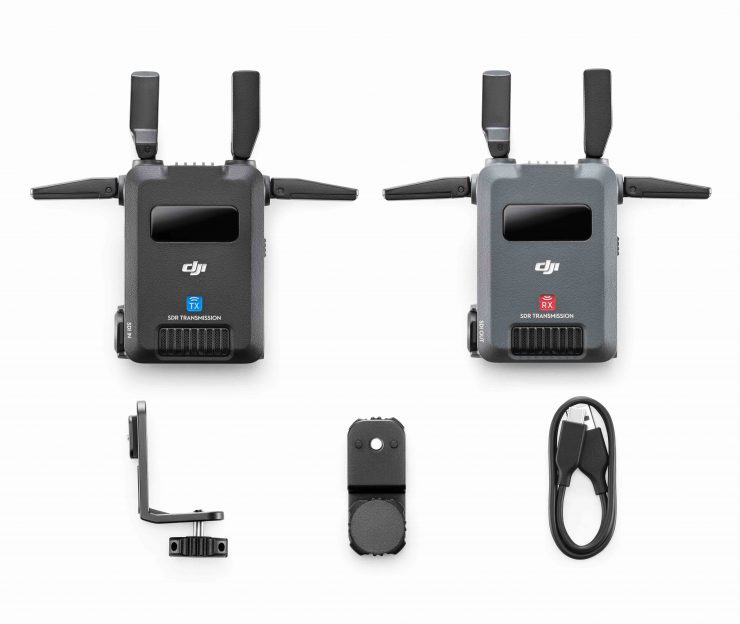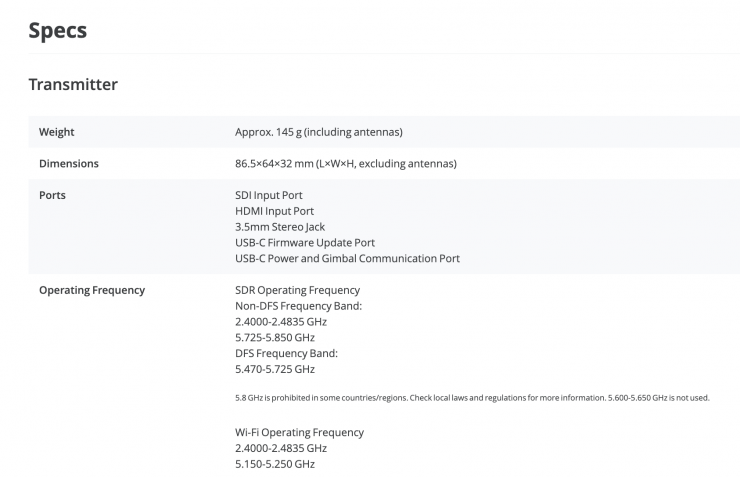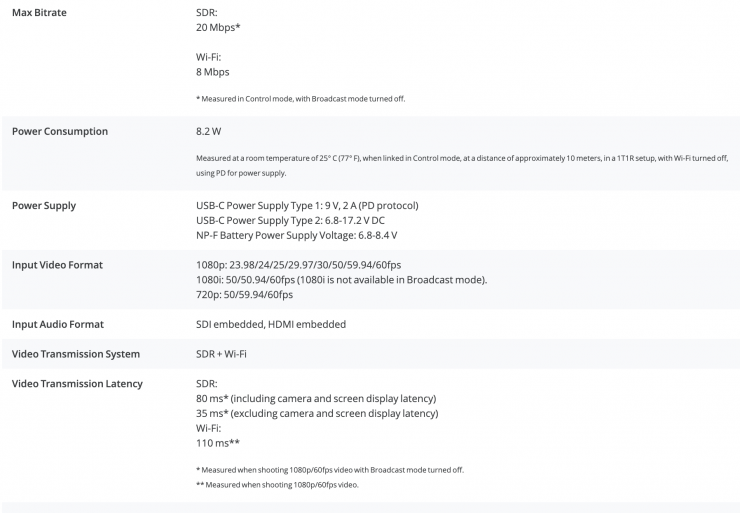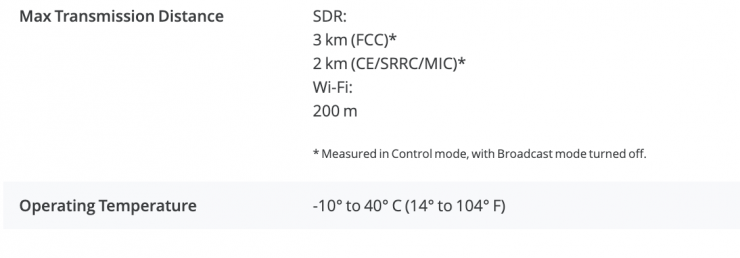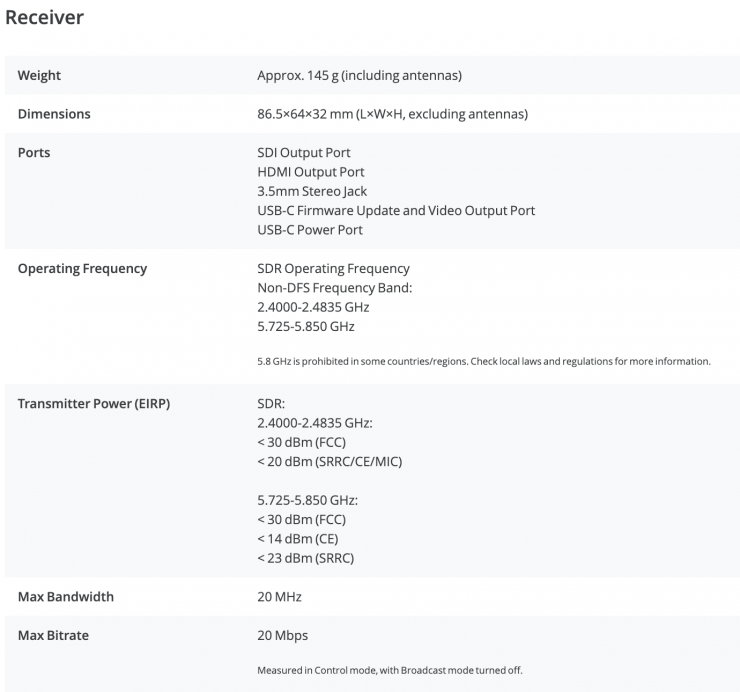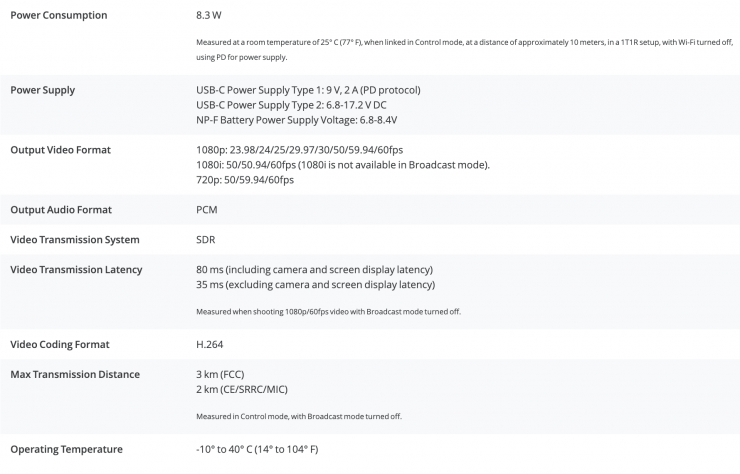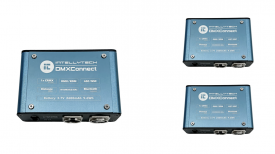DJI has launched SDR Transmission, a new video transmission system to make advanced software defined radio (SDR) technology more accessible. Essentially, it is an affordable W-Fi based wireless video system with a great operating range and a claimed latency of just 35ms.
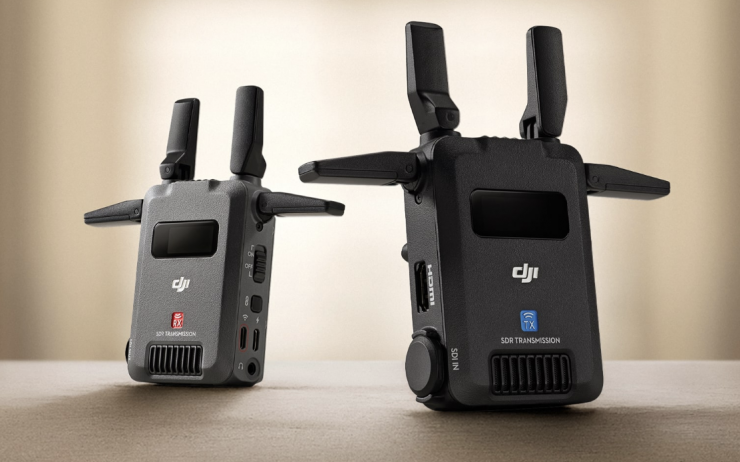
It was designed for small- and medium-sized film crews, and it is claimed to offer enhanced stability, strong interference resistance, and robust penetration capabilities. It also supports transmitting directly to smartphones or tablets via Wi-Fi.
Key features
- Complete Receiver/Transmitter System
- SDR Tri-Bandwidth Technology
- DFS, 2.4 & 5.8 GHz with Auto Hopping
- Up to 1080p60 Resolution
- Range of up to 1.9 Miles
- Broadcast & Control Modes
- Ronin Compatible
- HDMI, SDI & USB-C Connections
- High Bit Rate up to 20 Mb/s
- 35ms Low Latency
“Since the beginning, we intended our DJI PRO line to be a comprehensive and reliable ecosystem of drones, cameras, and creator tools for both professional filmmakers in the industry and content creators to aspiring storytellers. Listening closely to user feedback, we continue to expand our offerings in creative camera technologies with careful attention to what’s needed. Our new DJI SDR Transmission delivers the same film and television-level image transmission quality but at a more accessible price point for more upcoming filmmakers.”
Paul Pan, Senior Product Line Manager at DJI
3KM / 1.8 Mile Operating Range
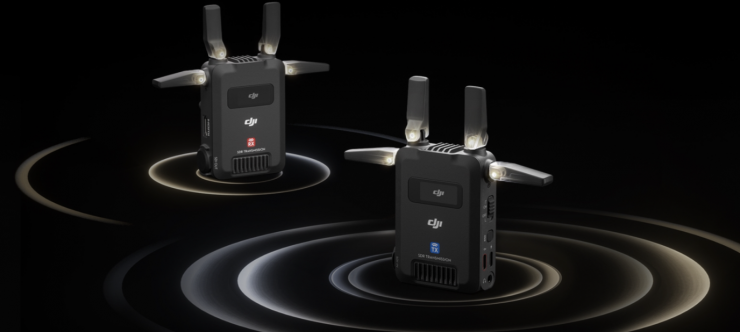
With SDR technology, the DJI SDR Transmission is claimed to ensures stable video transmissions even in complex shooting environments. On the monitors, filmmakers will see 1080p/60fps live feeds with a bitrate of up to 20Mbps and a delay as low as 35 milliseconds.
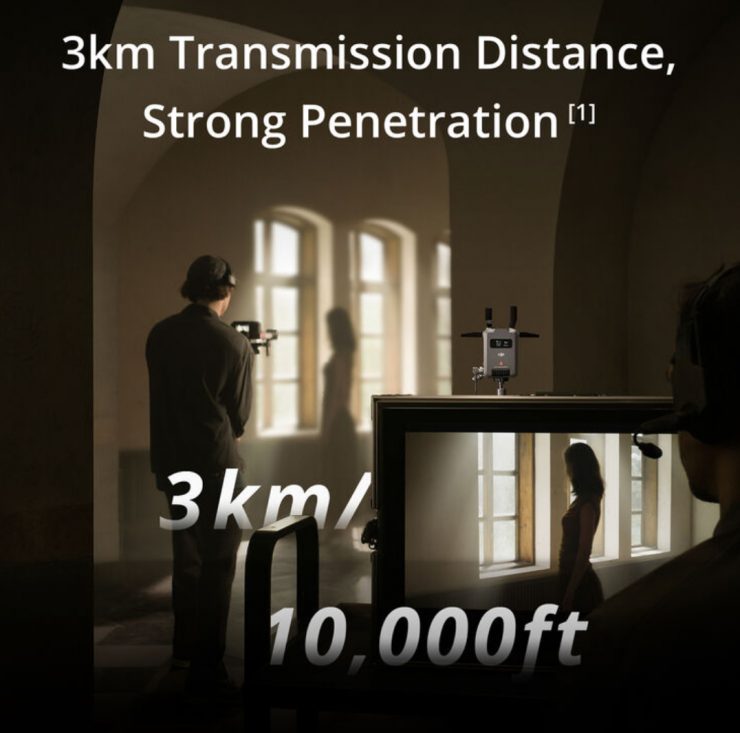
Videos can be transmitted up to 3 kilometers (1.8 miles) away. Coupled with superior penetration capabilities, live video feeds remain stable even in complex shooting environments.
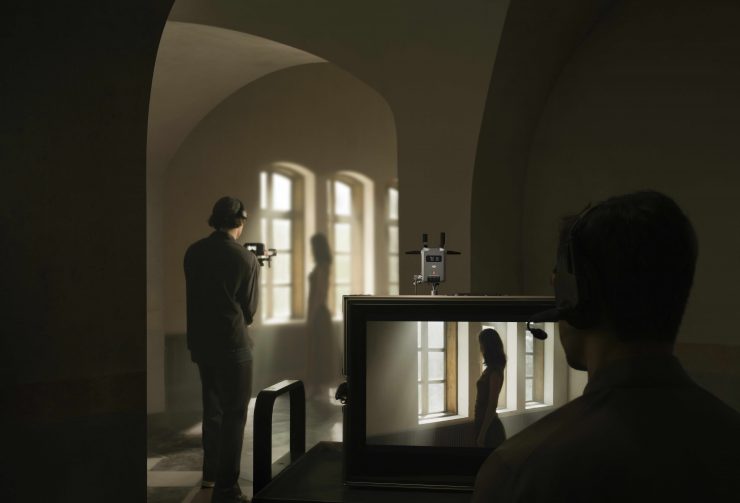
When faced with interferences on a channel, it automatically hops across 2.4 GHz, 5.8 GHz, and DFS frequency bands to find the most optimal channel.
Diverse Monitoring Methods
DJI SDR Transmission supports simultaneous output of three SDR signals and two Wi-Fi signals, facilitating various monitoring options:
1. Supports outputting to monitors via SDI/HDMI for monitoring.
2. Supports connecting the transmitter to smartphones/tablets directly via Wi-Fi for monitoring.
3. Supports connecting the receiver to a smartphone/tablet with a USB-C cable for monitoring.
In broadcast mode, it can connect to unlimited receivers, providing a high-quality monitoring experience for multiple collaborators.
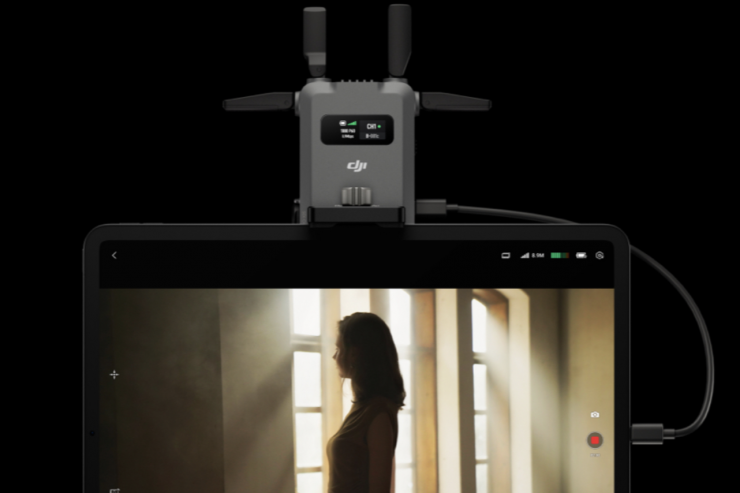
The receiver can connect to monitors via SDI/HDMI and smartphones and tablets via USB-C or Wi-Fi. The Wi-Fi option allows for a cost-effective, dual-channel monitoring experience without another receiver.
Under SDR mode, Control mode allows for stabilizer remote control, seamless auto frequency hopping, and stronger anti-interference capabilities. When the number of connected receivers does not exceed two, it is recommended to use Control mode and turn off Broadcast mode.

Under SDR mode, Broadcast mode supports an unlimited number of receivers but compromises transmission range and bitrate when compared with Control mode. It is suitable for scenarios like TVC shootings, where a short-distance connection to multiple receivers for monitoring is needed.
Wi-Fi mode allows for direct connection via Wi-Fi without needing a receiver (after downloading the Ronin app). It is suitable for temporary monitoring with up to two terminals connected simultaneously.
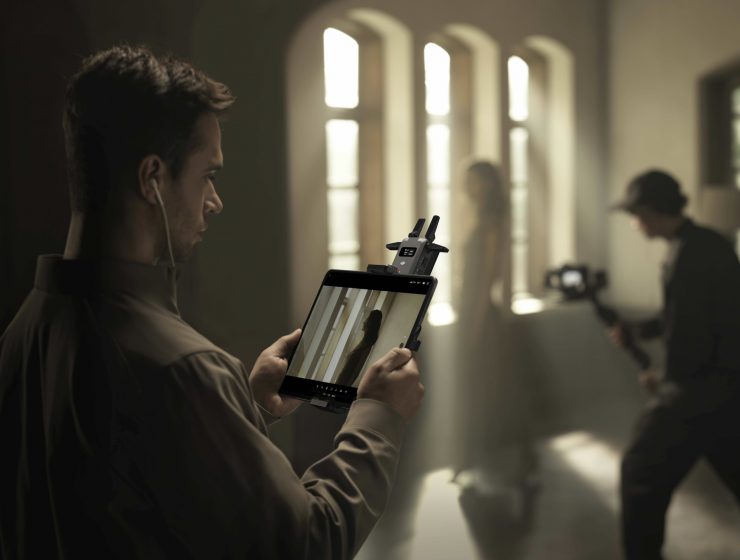
The DJI SDR Transmission also enables one-on-one real-time communication between the receiver and transmitter, allowing for seamless conversations between the cinematographer and the director or client at any time.
Inputs & Outputs
| Video I/O | Transmitter: 1x HDMI (Unspecified Signal) Input Transmitter: 1x BNC (Unspecified SDI) Input Transmitter: 1x USB-C (Unspecified Signal) Input Receiver: 1x HDMI (Unspecified Signal) Output Receiver: 1x BNC (Unspecified SDI) Output Receiver: 1x USB-C (Unspecified Signal) Output |
| Audio I/O | Transmitter/Receiver: 1x 1/8″ / 3.5 mm Output |
Remote Camera Controls

Used with the DJI RS Series Stabilizers, the DJI SDR Transmission supports Force Mobile, virtual joystick, and gimbal recentering functions. When paired with a camera, it can support PTP control, displaying and adjusting aperture, shutter, ISO, and even triggering the camera’s photo-taking and video-recording functions through the app. It can also support CEC control of Sony cameras to bring Mirror Control mode into play.
When connected with devices such as RS 4 Pro, RS 4, and RS 3 Pro, DJI SDR Transmission can be powered through the gimbal and enables Force Mobile, virtual joystick, gimbal recentering, and more functions. Please note that when the DJI SDR Transmission Transmitter is connected to a stabilizer, the multi-camera control cable from the stabilizer’s combo must be used, and ActiveTrack will not be available. Additionally, when the DJI SDR Transmission Transmitter is connected to a stabilizer via the adapter plate, a native vertical shooting setup is not supported.
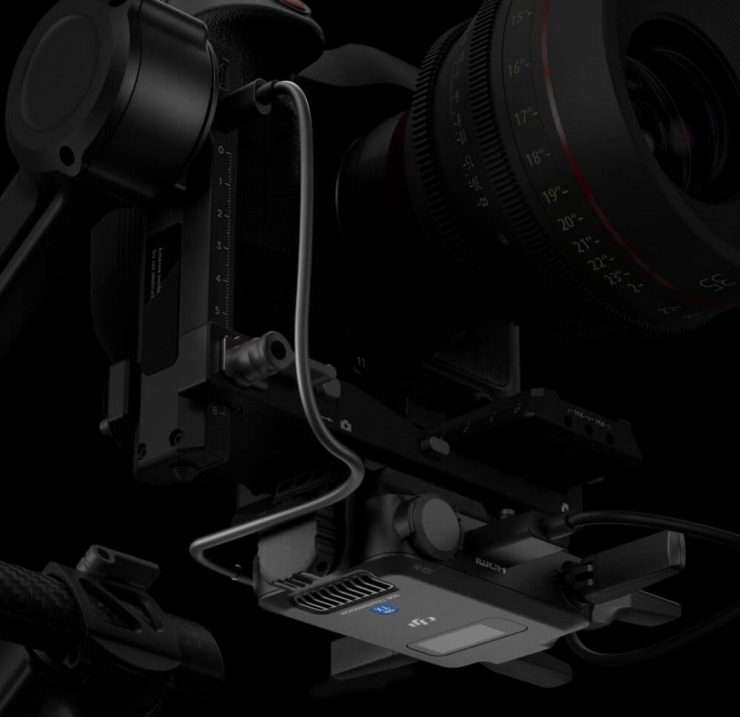
Thanks to the integrated power supply design, when used with DJI RS 4 Pro, DJI RS 4, or DJI RS 3 Pro, the transmitter can be mounted on the gimbal and powered directly by it, eliminating the need for a separate battery.
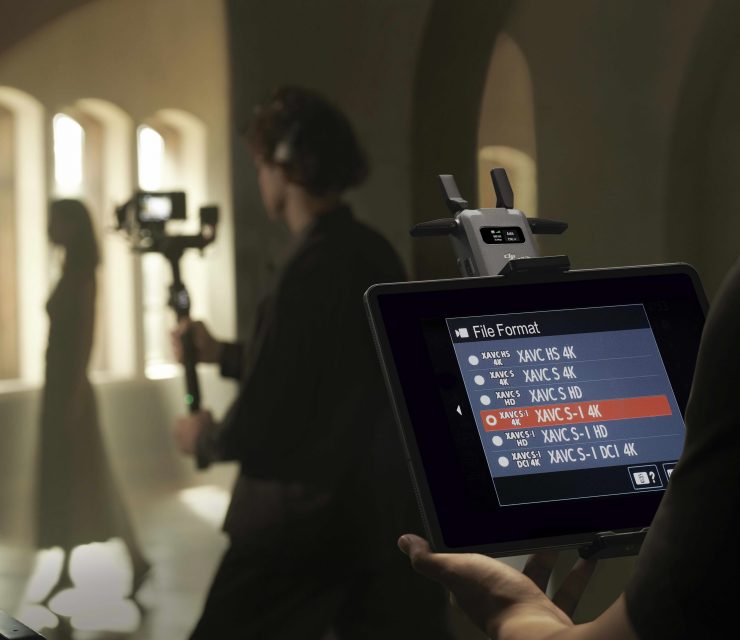
You can adjust parameters such as aperture, shutter, and ISO through a shutter release cable (subject to the camera system, with adjustment response times ranging from approximately 0.5 to 1 second), as well as trigger recording. Additionally, you can access a camera’s Mirror Control mode through an HDMI cable.
Collaboration Across DJI PRO
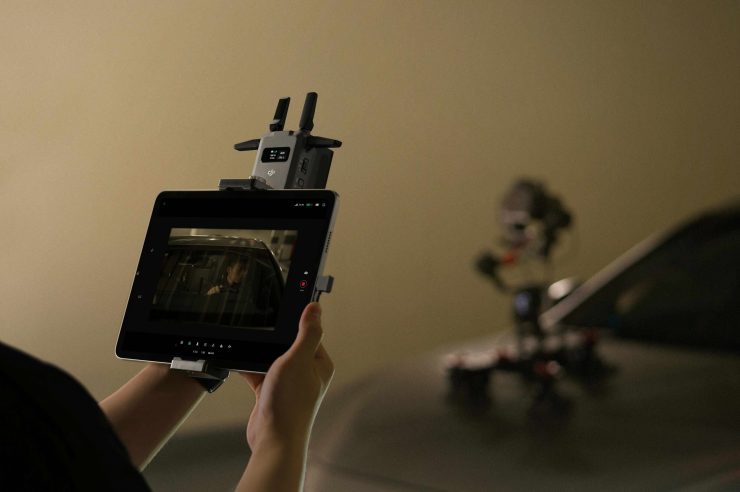
DJI SDR Transmission can transmit metadata, facilitating collaboration throughout filming. When DJI SDR Transmission is connected to the DJI Ronin app in Broadcast mode, users can seamlessly switch between camera indexes within the app. Mainstream cinema cameras like ARRI and RED can be adapted via SDI, giving directors, cinematographers, and DIT teams real-time access to detailed shooting information.
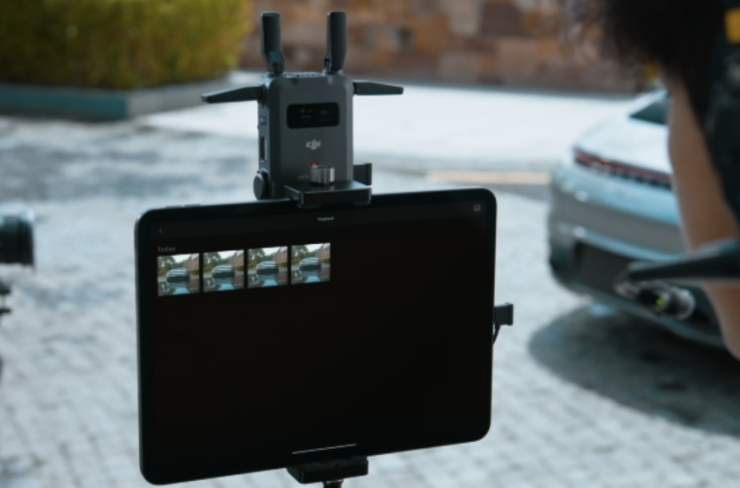
The app supports local recording, and recorded content can be reviewed on the playback page.
The app also has monitoring assistance tools such as LUT, peaking, waveform, and false color,
Versatile Power Supply Options
The DJI SDR Transmission uses a standard PD protocol charger with a USB-C power input. It can also be powered directly by DJI RS 4 Pro, DJI RS 4, or DJI RS 3 Pro when mounted and used together, eliminating the need for a separate battery. On its own, both the transmitter and receiver support industry-standard NP-F batteries.
Size & Weight
The DJI SDR Transmission is designed to travel with a crew on the go. With a lightweight design, a single transmitter or receiver weighs only 145 g (5.1 oz). The antenna folds down, making it easy to carry and store.
Price & Availability
The DJI SDR Transmission and accessories can be purchased at store.dji.com, DJI Stores, DJI Authorized Retailers, and other stores from today.
- DJI SDR Transmission Combo: $549 USD
- DJI SDR Transmission Transmitter: $309 USD
- DJI SDR Transmission Receiver: $309 USD
- DJI SDR Transmission Phone Holder Kit: $49 USD
- DJI SDR Transmission Tablet Holder Kit: $49 USD
- RX to Phone Connection Cable (USB-C to USB-C, 22cm): $10 USD
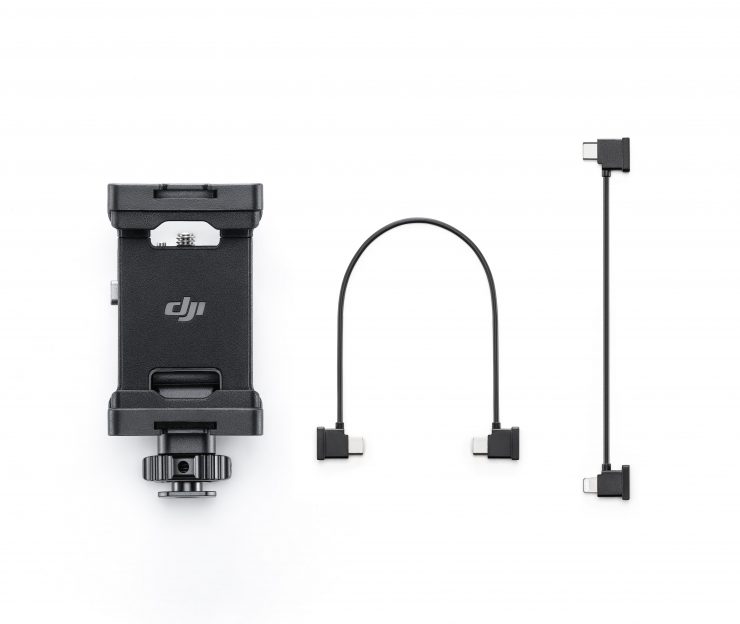
Specifications
Thoughts
The DJI SDR Transmission looks to be a very feature-rich system with a great range, relatively low latency, and an affordable price.
It is bound to put a lot of pressure on companies making compressed wireless video transmission systems with far shorter operating ranges.

